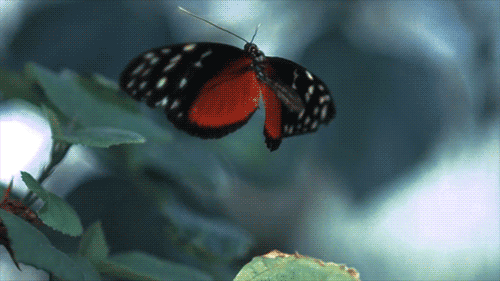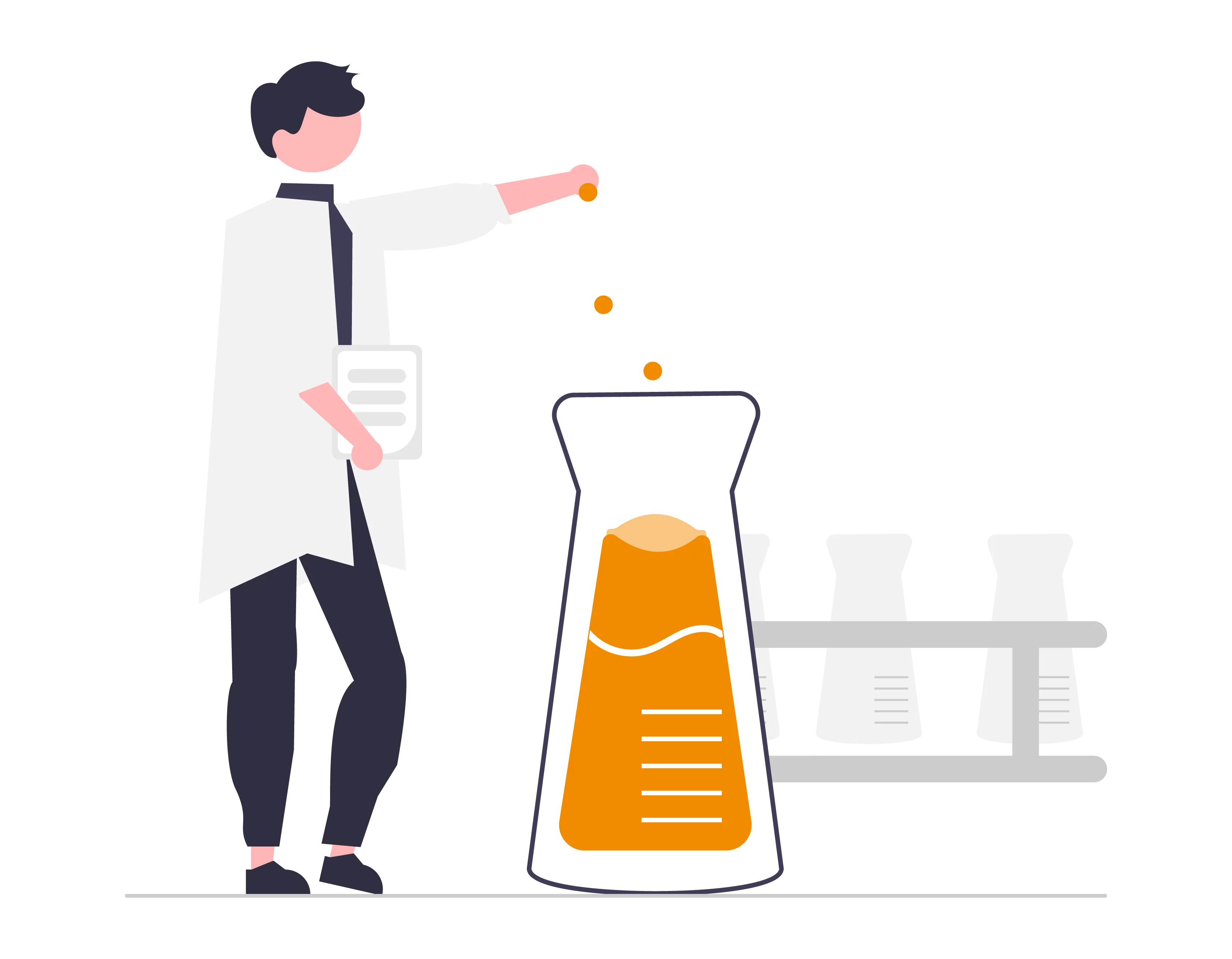Chaos theory and how to predict the future
The chaos and uncertainty of life is often nothing short of petrifying. Just when we think we’re feeling like we can predict it, even a butterfly can influence change.

“Chaos: When the present determines the future, but the approximate present does not approximately determine the future.”
Edward Lorenz
Chaos Theory has been applied in biology and other applications such as robotics, meteorology, economics, sociology and computer science. Chaos Theory states that within the apparent randomness of chaotic complex systems, are underlying patterns constant feedback loops, repetition, self-similarity, fractals, self-organisation, and reliance on programming at the initial point. The world is not as random as what we may think.
Chaos theory helps us understanding deterministic systems which in principle can be predicted, for a time, then appear to become random. The amount of time patterns can be predicted depends on …
- How much uncertainty can be tolerated in the forecast;
- How accurately its current state can be measured; and
- A time scale (Lyapunov Time) depending on the system dynamics.
As time increases in a chaotic system, uncertainty in forecasts increase exponentially with time. Over time predictions become more random.
A small difference in initial conditions will result in widely different outcomes for such dynamical systems, making prediction of future behaviour and outcomes near impossible. Even though these systems are deterministic, i.e. their future is determined by their initial conditions, with no random elements involved. Deterministic chaos means that these systems cannot be predicted, as instability of the system changes the future.
So what this means is that any inaccuracies, no matter how small, in the initial information used in a calculation can have dramatic influence on the future predictions, hence why weather forecasts are typically relatively short range and even then unreliable. For example, the Butterfly Effect whereby the flapping wings of a butterfly on one side of the world will have an influence on the weather on the other side.

This does bring reason for reflection on how we may be able to predict the future, as well as influence it. In unstable systems, biological or even economic, it is likely humans have only limited ability to predict the longer term future, however, they can predict the short and even medium term.
Perhaps, as artificial intelligence and big data improves in sophistication, our ability to more accurately predict the future may improve. Yet, likely small differences in the initial state will remain. More so, we should realise that small changes in the initial state have a BIG influence in the future. Small improvements in positive behaviour today, have big influence on our future states, and the need to continuously evolve and revisit predictions.







